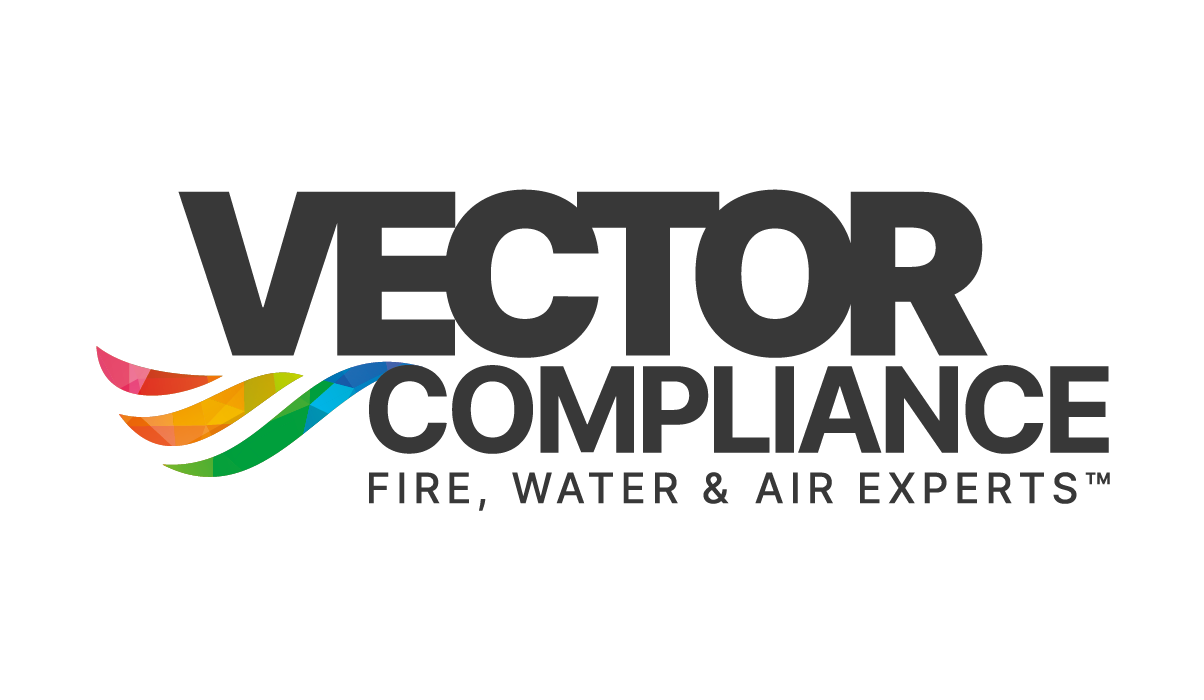Dust Particulate Monitoring
Dust Particulate Monitoring
Inhaleable & respirable dust analysis
Airborne dust monitoring
Airborne dust monitoring plays a crucial role in ensuring the safety and well-being of individuals in various environments. Whether it is a workplace, industrial site, or residential area, the presence of airborne dust can have significant implications for both human health and the surrounding environment. At Vector, we recognize the importance of effective dust monitoring as part of our commitment to promoting compliance and minimizing potential risks.
Airborne dust, composed of tiny solid particles suspended in the air, can arise from various sources such as industrial processes, construction activities, and natural phenomena. These particles, depending on their size and composition, can have harmful effects when inhaled or come into contact with sensitive areas of the body. Long-term exposure to airborne dust can lead to respiratory problems, allergic reactions, and even serious health conditions.
To address these concerns, our team at Vector utilizes advanced dust monitoring techniques and technologies. Our approach involves regular monitoring of airborne dust levels using state-of-the-art equipment, which allows us to quantitatively measure the concentration of particles in the air. By establishing baselines and comparing results to regulatory standards, we can assess the potential risks posed by airborne dust and guide our clients in implementing appropriate control measures.
Apart from quantitative measurements, we also consider the composition of airborne dust particles when conducting monitoring activities. This involves collecting samples for analysis, identifying the types of particles present, and evaluating any potential hazardous materials. By understanding the specific characteristics of airborne dust, we can better determine its source and recommend tailored control strategies. This information is invaluable in helping our clients minimize exposure risks and comply with relevant regulations.
At Vector, we understand that effective dust monitoring is not a one-time process but a continuous endeavor. Dust levels can vary over time and depend on several factors, including weather conditions, operational changes, and maintenance practices. Therefore, we emphasize the necessity of regular monitoring and provide ongoing support to our clients to ensure their compliance efforts are sustained in the long run.
In conclusion, airborne dust monitoring is a critical component of maintaining a safe and healthy environment. At Vector, we offer comprehensive solutions to assess and mitigate the risks associated with airborne dust. Through our advanced techniques and ongoing support, we enable our clients to make informed decisions, implement effective control measures, and safeguard the well-being of individuals and the environment. Contact us today to learn more about our airborne dust monitoring services.

